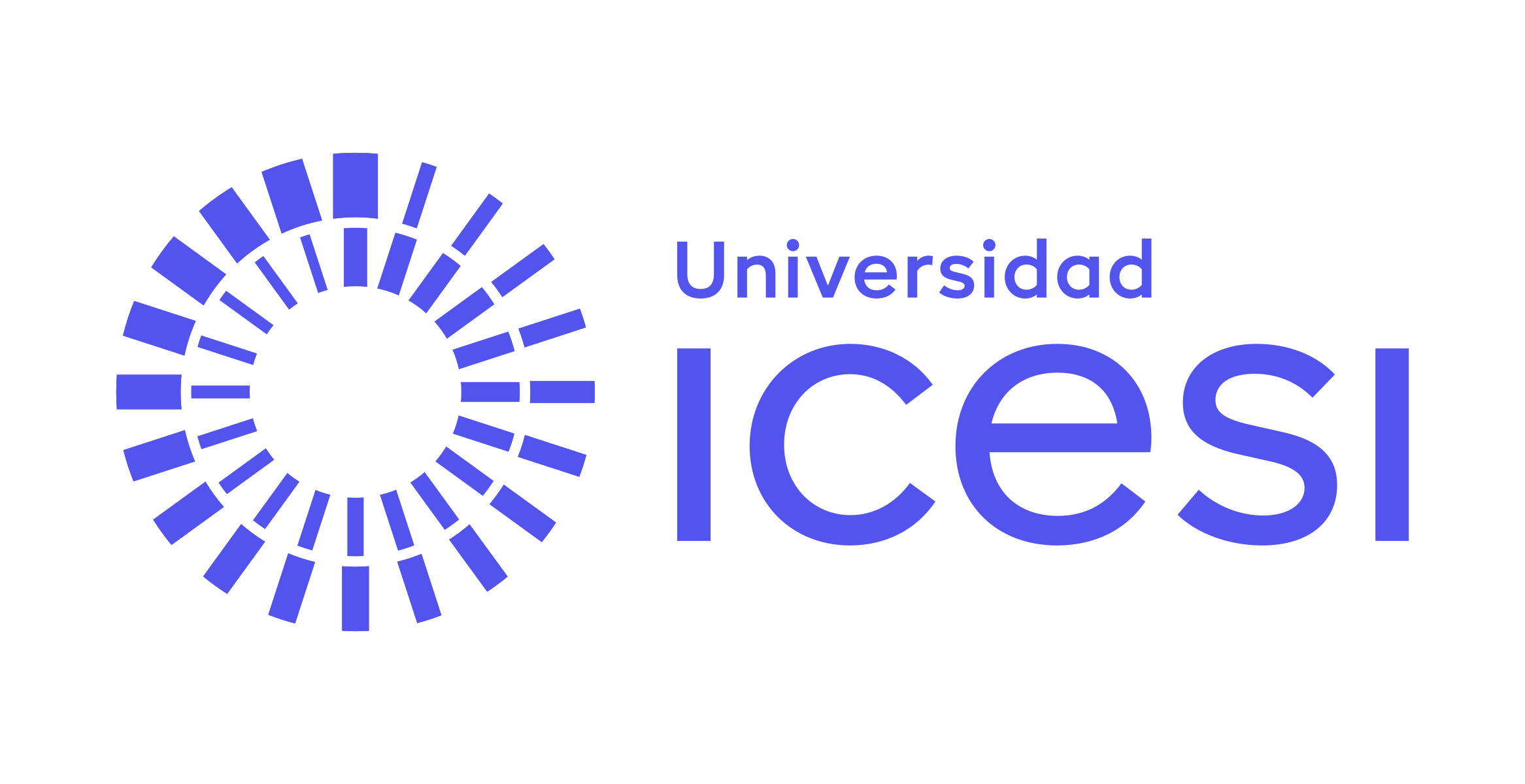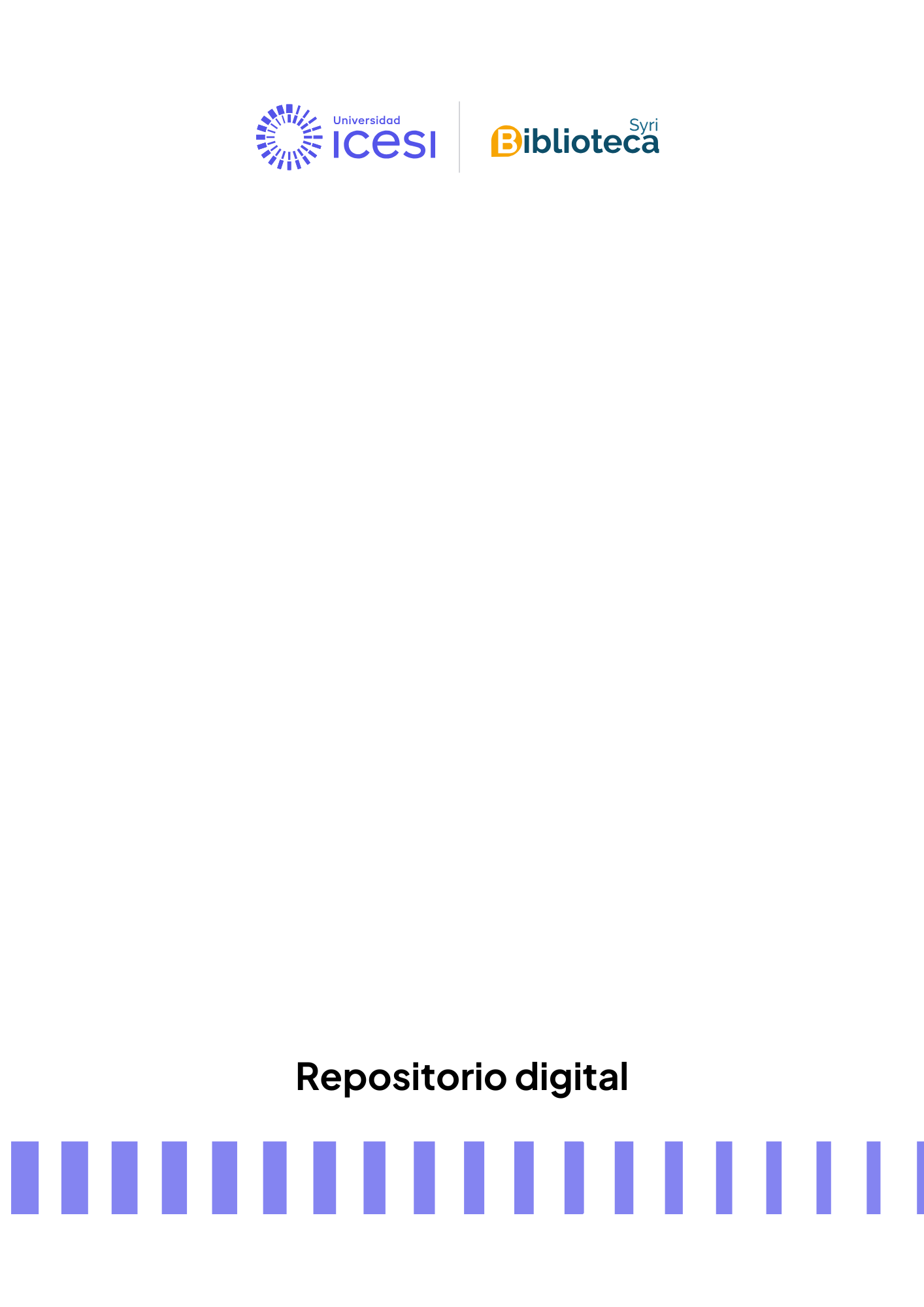Sistemas y Telemática Vol.15 No. 42
URI permanente para esta colecciónhttp://hdl.handle.net/10906/82554
Examinar
Envíos recientes
Ítem Modelo matemático para un sistema de energía mixta como alternativa tecnológica en el suministro de energía eléctrica en áreas no interconectadas(Universidad Icesi, 2017-07-01) Cardona Londoño, Claudia María; Galvis Cabrera, Oscar Iván; Lee Capera, Cristian Arturo; Hernández, Johann AlexanderThe final product of this article is a mathematical model of a Mixed Energy System (MES) with Biogas-Electrical Energy (B-EE) that uses residual biomass of the pig waste, with which it is possible to estimate the amount of organic biomass necessary (or the number of animals required to produce it) to supply a farm for a certain number of hours a day, knowing the loads to be connected to the generator and taking into account the parameters necessary for the biodigester to perform its fermentation process and deliver the necessary biogas for the generator to supply power under normal conditions. The work was carried out in San Antonio del Tequendama (Cundinamarca, Colombia), a rural municipality, with a high degree of pork exploitation, and without supply of electrical energy. A small biodigester of 2.84 m3 was standardized, chorizo type, with a load of six pigs, C:N ratio of 1:30, temperature between 18-24 °C; a pH range of 6.8-7.2, for the supply of 2 kW of power, with a generator that runs with this biogas, for a consumption of 0.55 m3⁄h.Ítem Evaluación del rendimiento de la tecnología VoIP en un conjunto de servicios ampliado, en concordancia con IEEE 802.11g(Universidad Icesi, 2017-07-01) Lara Cueva, Román Alcides; Núñez Cuadrado, Marcelo David; Jativa Huilcapi, Carlos AndrésIn this paper, we evaluate the performance in function of the metrics associated to Quality of Service [QoS] and Quality of user Experience [QoE] in an experimental way in the VoIP service for G.711 and G.729 códecs. This was performed over an extended service set based on Wi-Fi technology in concordance with IEEE 802.11g standard using embedded systems. QoS related metrics are obtained by using the intrusive traffic injection technique. In addition, we assessed the QoE using the MOSc [Mean Opinion Score conversational] analysis. The best results were obtained for G.729, reaching up to 25 simultaneous injections with optimal delay, jitter and packet loss values according to the ITU-T recommendation for VoIP. However, the G.711 codec presented a better throughput. On the other hand, QoE evaluation indicates a slight superiority of G.729 in the MOSc appreciation. Finally, we conclude that packet loss and delay are the most influential metrics in VoIP service degradation.Ítem Una evaluación comparativa de la eficiencia de los algoritmos de ML supervisados en la clasificación de tráfico de NFV(Universidad Icesi, 2017-07-01) Vergara Reyes, Juliana Alejandra; Caicedo Rendón, Oscar Mauricio; Martínez Ordoñez, María CamilaThe implementation of NFV allows improving the flexibility, efficiency, and manageability of networks by leveraging virtualization and cloud computing technologies to deploy computer networks. The implementation of autonomic management and supervised algorithms from Machine Learning [ML] become a key strategy to manage this hidden traffic. In this work, we focus on analyzing the traffic features of NFV-based networks while performing a benchmarking of the behavior of supervised ML algorithms, namely J48, Naïve Bayes, and Bayes Net, in the IP traffic classification regarding their efficiency; considering that such an efficiency is related to the trade-off between time-response and precision. We used two test scenarios (an NFV-based SDN and an NFV-based LTE EPC). The benchmarking results reveal that the Naïve Bayes and Bayes Net algorithms achieve the best performance in traffic classification. In particular, their performance corroborates a good trade-off between precision and time-response, with precision values higher than 80 % and 96 %, respectively, in times less than 1,5 sec.Ítem Bases para la construcción de un modelo de calidad del servicio de videollamada en una red IMS virtualizada(Universidad Icesi, 2017-07-01) Coral Sarria, Heyman Andrés; Rojas Pineda, Eduardo; Lara Paz, María CamilaPackage-based services are affected by different network parameters and conditions that can deteriorate the quality of the transmitted services, especially those that are provided in real time. In this paper, result of an undergraduate research project, the bases for the construction of a QoS model are defined for a video call on an IMS network, specifying the most adequate parameters to estimate its QoS, the infrastructure used, and the tests developed. The results indicate the possibility of improving the QoS by applying the horizontal scaling technique over the IMS Core of the network since, in the vertical scalability, no major improvements were observed when increasing the physical resources of the virtual machines where the Core IMS was installed. Also, the bandwidth that complies the conditions of the quality parameters such as packet loss, delay, and jitter, to provide a good quality video call service is 640 kbps.

